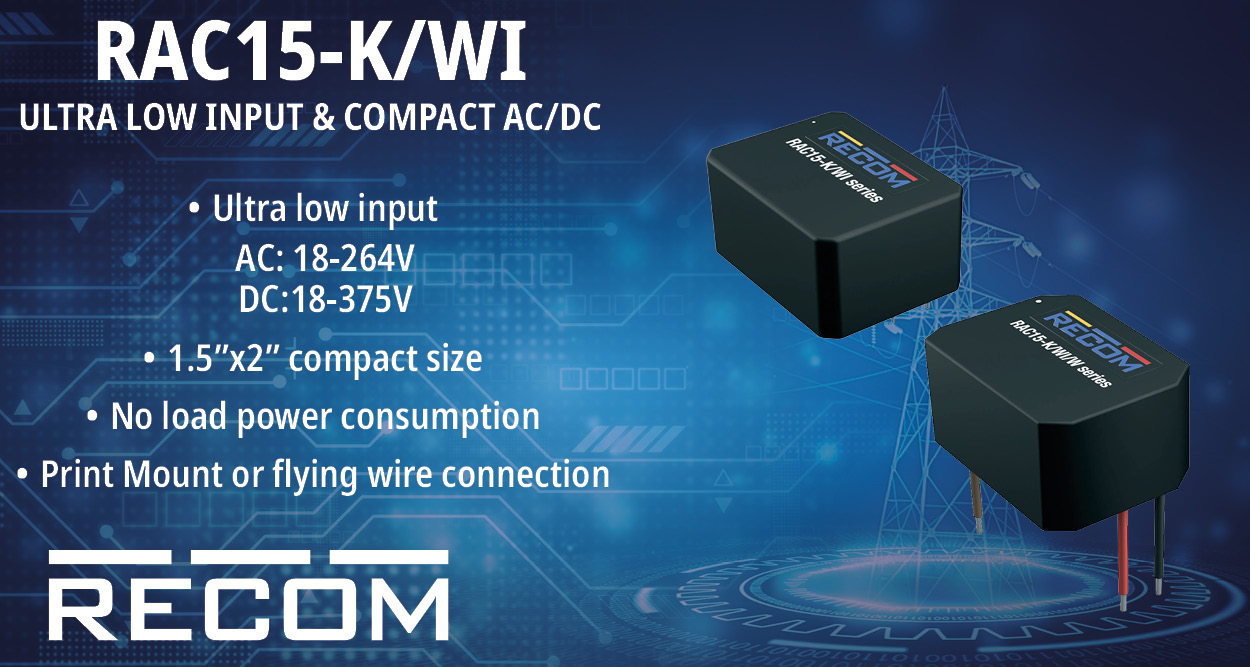With the Government of India’s (GOI) push for digitization, the demand for semiconductor and embedded solutions has increased multi-fold in the country. According to the report, the Indian semiconductor market worth is forecast at USD 32.35 billion by 2025 — growing at a CAGR of 10.1 per cent between 2018 and 2025. Chips are a crucial part of automobiles, telecommunication equipment, office automation, consumer electronics, industrial machinery etc. As 5G and IoT devices proliferate the market, the demand for high-performance and reliable semiconductor solutions will spur. According to industry estimates, demand for semiconductors in India will reach $100 billion by 2025.
Here are key trends that will drive the semi-conductor business in 2022.
Electrification of Automobiles
The rising awareness about climate change and GOI’s commitment towards sustainable development has propelled the demand for electric vehicles (EVs). India’s EV market was at USD 220.1 million in 2020. Chips are key component in EVs. It makes EVs smarter and safer to use. Chips manage the batteries that power an EV and other systems that automate firmware updates. The government has set an ambitious goal to make India a 100-per cent electric vehicle nation by 2030. To boost electric mobility, the government has announced to support 15.62 lakh electric vehicles through subsidies. The incentives offered production and purchase of EVs will encourage the adoption of the electric automobile. It provides semiconductor manufacturers with an opportunity to supply embedded solutions required in the manufacturing of EVs. Semiconductors are part of DC to DC converters, BMS system and electric power train.
5G and IoT Technology
As the companies across the industry sectors embark on the digitization journey, it will trigger the demand for semiconductor solutions. Technologies such as the internet of things (IoT) and 5G will push the 5G chip/integrated circuits (ICs) market. The government has already announced a 5G spectrum allocation and trial in the year 2022. It means increased investment in telecom infrastructure and data centres. Hence, the demand for servers, storage and networking products for the telecom and data centres will record double-digit growth. The requirement of semiconductors devices to build a new base station and PICO/FEMTO 5G cells for better indoor 5G coverage will also spur.
The demand for embedded solutions will further accelerate with the growth of IoT solutions in various areas like Agritech, Healthcare, Telemedicine etc. IoT in Agriculture represents a more specific use of technology wherein agricultural planning and operations will become connected and machine-driven. IoT will enable to automate farming activities in a controlled environment and increase profitability. Similarly, sensors and wireless technology will offer remote healthcare connectivity to patients. Many devices used in healthcare like sensors, motion micro-electromechanical systems (MEMS), communication integrated circuits (ICs), microcontrollers, memory power management devices etc., depend on semiconductors. Hence, healthcare will be the potential growth driver for the industry.
Cloudification of IT Infrastructure
During the pandemic, many companies moved to the virtual set up to keep their business up and running. The trend will continue to expand in 2022 where small and mid-size firms will completely shift their infrastructure to the cloud. It will facilitate investment in Hyper-scale data centres and IT infrastructure. As the demand for server less architecture, digital infrastructure, artificial intelligence, big data management increase, cloud computing will see adoption among businesses. As cloud services adoption rise in India, datacenter chip requirements will also increase. These semiconductors include processors for servers and storage, chips for networking. Flash memory and DRAM for servers that are growing at rapid pace and FPGA’s for workload acceleration.
Artificial Intelligence at the Edge
AI is redefining the data centre functioning for a few years now. Edge devices like smarter cars, smart IoT, smart cities, smart grids, smart transportation etc. are becoming more intelligent. It means increased processing at the edge of the network and more demand for AI at the edge. The trend will lead to more demand for AI processors at the edge, which will trigger demand for Microcontrollers, microprocessors and edge SOCs like the NVIDIA Jetson series and other SOCs.
Production linked Incentive schemes
The government has announced several PLI schemes to address the shortage of semiconductors and make the country a leader in the embedded business. It has granted 100 per cent Foreign Direct Investment (FDI) as part of the automatic route in the ESDM sector. India has also signed an MoU with Singapore Semiconductor Industry Association (SSIA) to develop trade and technical collaboration between the electronics and semiconductor industries. The government is developing ‘electronics manufacturing clusters’ in the country to offer world-class infrastructure and facilities. The year 2022 will see the impact of increased local manufacturing of smartphones, appliances, and IT products client compute and servers. It is a positive sign for the total available market for semiconductor devices in India.
About Mr. Vivek Tyagi Vivek Tyagi is a seasoned business professional with 30+ years of sales and marketing experiences in semiconductor and storage industry. Vivek is GM at RP tech India where he is building semiconductor and embedded vertical business. He is also Vice Chairman of IESA, which is leading industry association of semiconductor companies. Previously Vivek held leadership roles at Western Digital, SanDisk, Freescale semiconductor (Now NXP) and Motorola. Vivek is engineering graduate with e-MBA from Columbia business school.
















